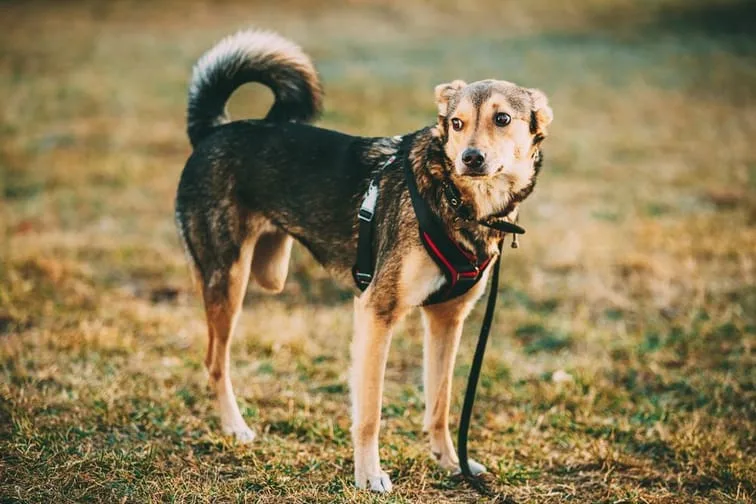Scheduling a Pet Amputation
Serious surgery for a pet is no small matter, and one of the most significant tends to be an amputation. Most commonly occurring where a pet is suffering from a removal disease such as cancer, bad trauma from an accident or animal fight, or degenerative conditions, amputations are sometimes necessary to save the animal’s life. In other cases, it's a typical procedure for the breed, such as tail amputations on boxer dogs, for example. However, the health impact is significant, and pets have to recover and eventually retrain themselves to function again with the change.
Experienced veterinarian guidance from the team at Summit Dog and Cat Animal Hospital of Summit, NJ makes the difference between a struggle and a successful transition, both for a pet as well as for its owner.
Technical Aspects
A veterinarian amputation for a pet, in most cases, involves the removal of a limb. The reason could be damaged conditions that make it impossible for the limb to heal properly, as well as the risk of critical infection and growing injury. Most amputations are applied at the next highest joint above the damaged area, providing room for the surgery as well as the distance from the injury to capture the full scope of what needs to be removed. Once the surgery is complete, the wound is closed and prepped for healing and recovery, but the behavioral change for the animal is another matter.
Initially, a pet is kept stable and restricted to allow wound healing, avoid damage to the surgery closure, and avoid more stress than necessary. Interestingly, animals are very good at adapting to amputation changes, realizing they need to change their motion to function again, but it helps to let them physically heal without a rush. Once that physical closure is complete, behavior adjustments for the pet and pet owner are needed to make the transition as easy as possible.
Follow-Up Care Is Critical
To avoid complications with infections, problems healing, and new issues, a schedule of immediate and extended follow-up is essential for full recovery from an amputation. Again, it is a serious procedure for a pet, as well as life-changing. What may not be immediately visible to a pet owner diligently caring for the pet can be immediately spotted by a veterinarian. Catching issues early helps ensure the pet amputation procedure is completed successfully and that the pet is adjusting without behavioral concerns.
Surgical Help in Summit NJ for Pet Needs
If amputation is recommended for your pet, our team at Summit Dog and Cat Hospital can help you. We provide both experience and know-how with our veterinarian surgery team and our follow-up rehabilitation approach for long-term care and recovery. Call us at our Summit, NJ, office at (908) 273-2200 to schedule an appointment. We are here for you and your pet!

